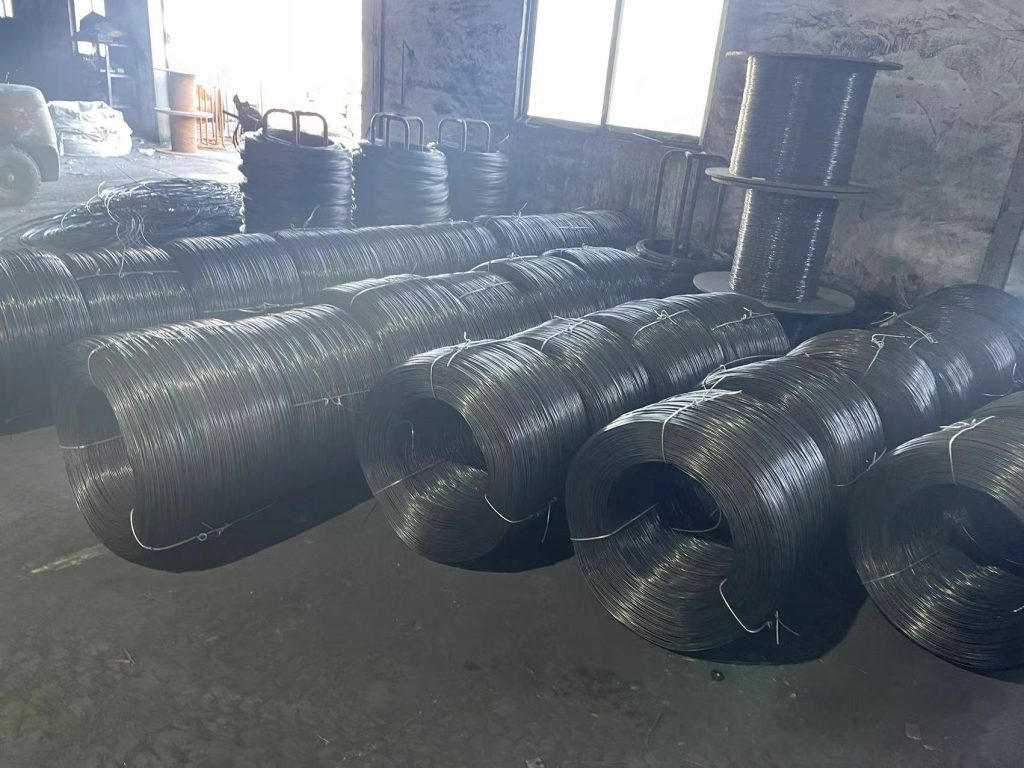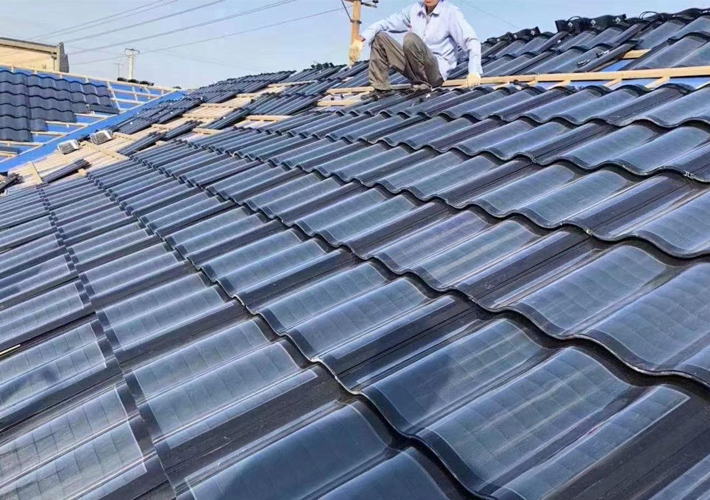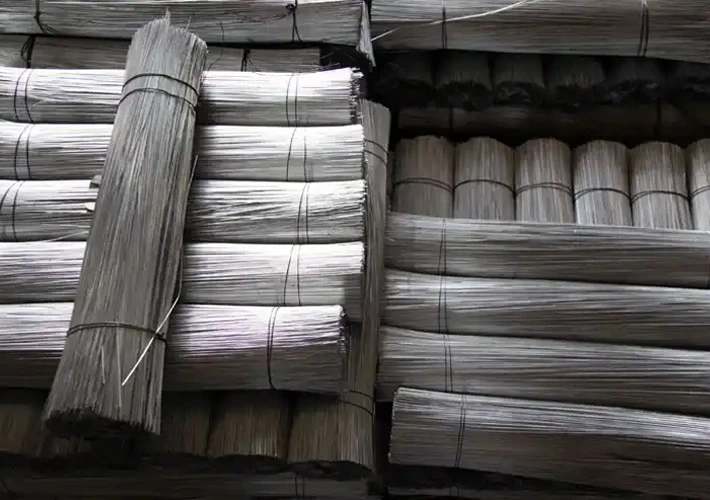
Wire rod for nail making refers to a type of raw material specifically designed and manufactured for the production of nails. It serves as the starting material in the nail manufacturing process. Wire rods are long, thin metal rods that are drawn through a series of dies to achieve the desired diameter and characteristics suitable for nail production.
Wire rod for nail making production process
Wire rod is a common raw material used in the production of nails. The process of making nails from wire rod involves several steps. Here’s a general overview of the process:
- Wire Drawing:
- The first step is to draw the wire rod through a series of dies to reduce its diameter and increase its length. This process is known as wire drawing and is typically performed at elevated temperatures to make the wire more malleable.
- Annealing:
- After wire drawing, the wire is often annealed. Annealing involves heating the wire to a specific temperature and then slowly cooling it. This process helps relieve internal stresses and makes the wire more ductile.
- Pointing:
- The wire is then pointed at one end, which means that the end is tapered to a sharp point. This pointed end will become the tip of the nail.
- Cutting:
- The pointed wire is cut into individual nail lengths. The cutting can be done by shearing or other methods depending on the desired nail shape and size.
- Heading:
- The pointed wire is then fed into a machine that shapes the other end of the nail, creating the head. This process is known as heading.
- Finishing:
- The nails may undergo additional processes for finishing, such as coating (galvanizing for corrosion resistance) or polishing.
- Quality Control:
- Throughout the manufacturing process, quality control measures are implemented to ensure that the nails meet the required standards for size, strength, and appearance.
It’s important to note that different manufacturers may have variations in their processes, and the specifics can depend on the type of nails being produced (common nails, finishing nails, roofing nails, etc.) and the intended application.
Use of wire rod for nail making

The use of wire rod in nail making involves several crucial steps in the manufacturing process. Here’s a more practical perspective on how wire rod is utilized in nail production:
- Selection of Wire Rod:
- Choose the appropriate type of wire rod based on the specific requirements of the nails you intend to manufacture. Consider factors such as material composition, diameter, and mechanical properties. Common materials include carbon steel and alloy steels.
- Wire Drawing:
- Begin the manufacturing process by drawing the wire rod through a series of dies to reduce its diameter. This increases the length of the wire and makes it more suitable for nail production. The wire drawing process enhances the wire’s malleability.
- Annealing:
- Subject the drawn wire to annealing, a heat treatment process. This step improves the ductility of the wire by relieving internal stresses. The annealed wire is more pliable and easier to work with in subsequent steps.
- Pointing:
- Taper one end of the annealed wire to create a sharp point. This pointed end will eventually become the tip of the nail. The pointing process is crucial for ensuring the ease of penetration when the nail is used.
- Cutting:
- Cut the pointed wire into individual nail lengths. The cutting method may vary based on the desired nail shape and size. Precision is essential to achieve uniform nail lengths.
- Heading:
- Feed the pointed wire into a machine that shapes the other end, forming the head of the nail. This process, known as heading, completes the basic structure of the nail.
- Finishing:
- Apply any additional processes required for finishing, such as coating (e.g., galvanizing for corrosion resistance) or polishing. The finishing step enhances the appearance and performance of the final nail product.
- Quality Control:
- Implement rigorous quality control measures throughout the production process. Regularly inspect the wire rod, monitor each step of nail manufacturing, and conduct tests on the finished nails to ensure they meet industry standards.
- Packaging:
- Once the nails pass quality control, package them appropriately for distribution. Consider the type and quantity of nails in each package based on market demand and customer preferences.
- Distribution and Marketing:
- Develop a distribution strategy to get your nails to market. Implement effective marketing strategies to highlight the features and quality of your nails, targeting the appropriate customer segments.
By understanding the practical use of wire rod in nail making and optimizing each step of the manufacturing process, you can produce high-quality nails that meet industry standards and customer expectations.
Wire rod for nail making serves as a fundamental raw material in the nail manufacturing industry. The process typically involves drawing the wire rod to reduce its diameter, annealing to improve its malleability, pointing to create a sharp tip, cutting to the desired length, heading to form the head of the nail, and finishing with any additional treatments or coatings.
When selecting wire rod for nail making, manufacturers consider factors such as the type of nails they intend to produce, the specifications required by the market, and the overall quality standards of the industry.





